Why Are EVs so Expensive?

EVs – as apologists for them never tire of pointing out – have fewer moving parts than vehicles with engines and transmissions and drive axles, etc. So why do EVs cost so much more (on the order of 30-40 percent more) than otherwise comparable vehicles with engines and transmissions and drive axles?
The reason is simple.
EVs are required by law to do what EVs aren’t able to do . . . without making them 30-40 percent more expensive than otherwise comparable vehicles with engines, transmissions and drive axles. That being capable of operating on highways at highway speeds.
If they aren’t capable of doing that, then it’s not legal to register/tag them as passenger vehicles and that renders them effectively useless, even as low-speed, short-range and low-cost cars – because even if the city car never leaves the city, the government of the city still requires that the car be registered and tagged, just like any other car.
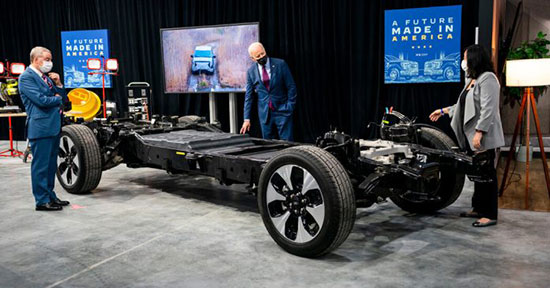
What’s the use of owning a car you can’t legally operate on anywhere – except your own driveway?
So, the EVs that are available must be capable of operating on the highway, at normal highway speeds – just like any other passenger vehicle. But in order to be capable of doing that, a very large, very heavy and very costly energy storage device is necessary. This device being the EV’s battery pack. It is the single most expensive component that goes into the making of an EV and it is also the thing that hobbles the EV, as well as making it expensive.

The weight of the thing is the thing that requires the EV to have larger/heavier and more expensive motors – in order to move all that weight. And the heavier the EV is, the faster it burns through the power it has – just the same as a heavy truck burns more gas than a lightweight car. This, in turn, necessitates the bigger (heavier) and more expensive battery.
And that’s why the only EVs you can buy in this country are expensive EVs.
Now, imagine if manufacturers could sell EVs that were analogous to mopeds.
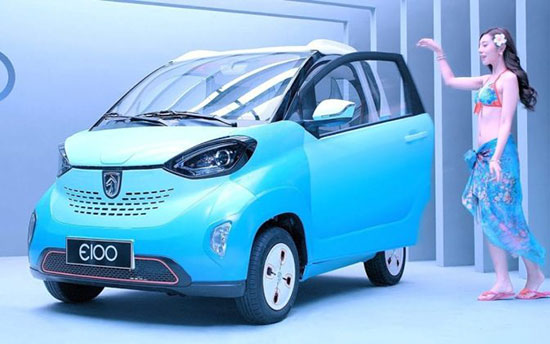
The latter aren’t capable of reaching and holding highway speeds, but it’s not illegal to sell them for use on secondary roads, where speeds are lower (within the capabilities of the moped). Nor to use them on such roads – notwithstanding that it is illegal (generally) to operate a moped on a highway.
Most mopeds can’t go much faster than about 35 MPH, in order to be considered mopeds under the law rather than motorcycles – which fall into the same category as passenger cars in terms of registration/tag (and insurance) requirements. Motorcycles also cost more – because they are more capable.
You’re paying for more engine, among other things.
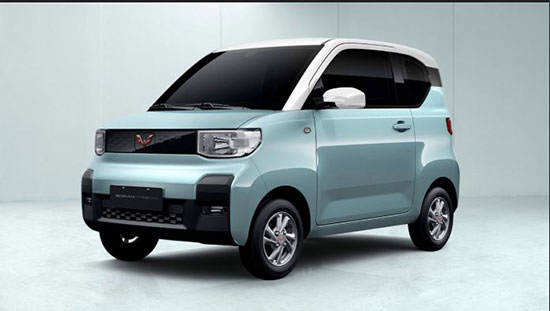
It’s just the same – or at least, similar – with regard to EVs. Rather, with regard to the EVs the manufacturers aren’t allowed to sell and which you’re effectively not allowed to use – because EVs that aren’t highway-capable can’t be registered and tagged in this country as passenger vehicles and so you’d be committing an offense by driving one within its capabilities, in the city.
None of this is conjecture. It’s physics – and politics. An EV city car that isn’t expected to be capable of going much faster than about 50 MPH or going much farther than about 50 miles does not need a huge, hugely heavy and hugely expensive energy storage device. And because it doesn’t have to lug one around, it does not need a large or especially powerful electric motor.
And it doesn’t need as much power, either.
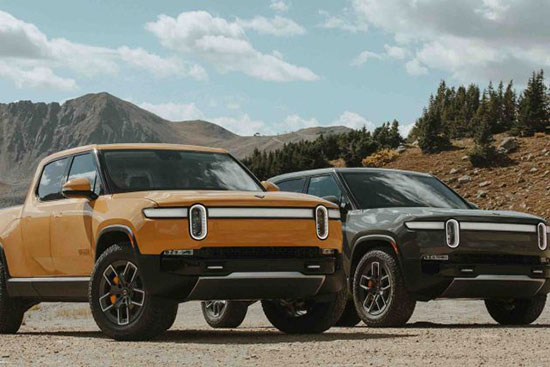
Such a car would be just-the-ticket for people who don’t need a highway-capable car or who might like to have a second car for short-range, low-speed trips in the city. And it would be just-the-ticket for dramatically reducing the “emissions” of the dread gas carbon dioxide, which is ostensibly causing the “climate” to “change” (convenient that this “change” is never specified). A small, lightweight electric city car such as those available in China causes the “emission” of far less carbon dioxide than an energy hog EV such as a Rivian R1, GMC Hummer or Ford Lightning – all of which lug around close to 2,000 pounds of energy storage device and consume enormous amounts of electricity that has to be generated before it is burned. Not to mention the energy wasted (and the additional emissions generated) in the course of manufacturing these energy hogs.
A 2,000 lb. electric city car (that’s the entire car, not just the battery pack) has a “carbon footprint” a fourth or less the size of the energy hog EVs just mentioned. And a third or less that of the typical compact-sized, two-ton electric car such as a Tesla3.
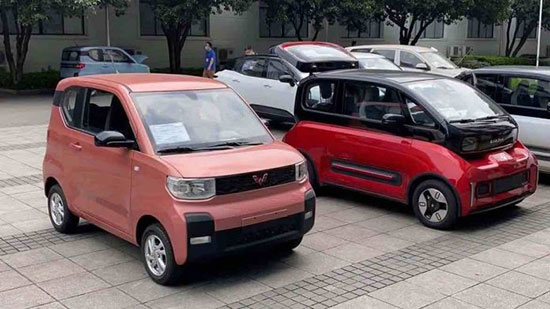
But politics have thus far prevented the 2,000 lb. electric city car – which practically anyone could afford, since these typically sell for under $10k in the countries where they are available, such as China – from being a car you can buy or use here.
This says a lot about the politics behind all of this. As opposed to the talk about the “climate” supposedly “changing.”





















